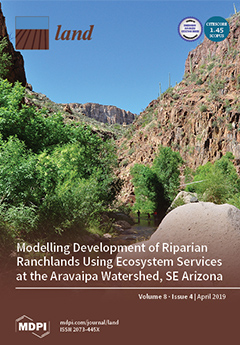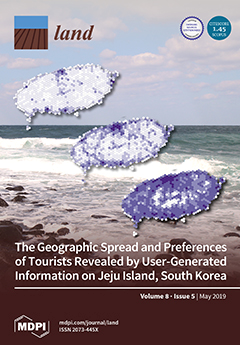A Nested Land Uses–Landscapes–Livelihoods Approach to Assess the Real Costs of Land-Use Transitions: Insights from Southeast Asia
Reducing emissions from deforestation and forest degradation (REDD+) is viewed as an effective way to mitigate climate change by compensating stewards of forested areas for minimizing forestland conversion and protecting forest services. Opportunity costs assess the cost of foregone opportunity when preserving the forest instead of investing in an alternative activity or resource use. This paper questions the calculation method of opportunity costs using averaged economic benefits and co-benefits of different land-use transitions.





